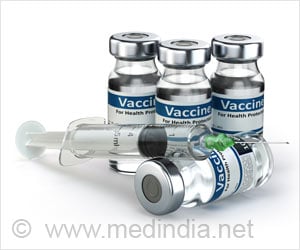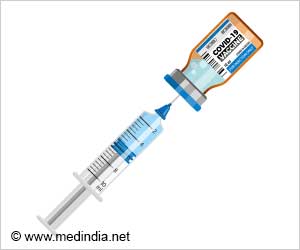Aleglitazar, an investigational drug, appears to be an effective treatment for liver cirrhosis. Treatment with aleglitazar reduces inflammation, vasoconstriction, angiogenesis, mucosal disruption, and tumor necrosis factor (TNF).
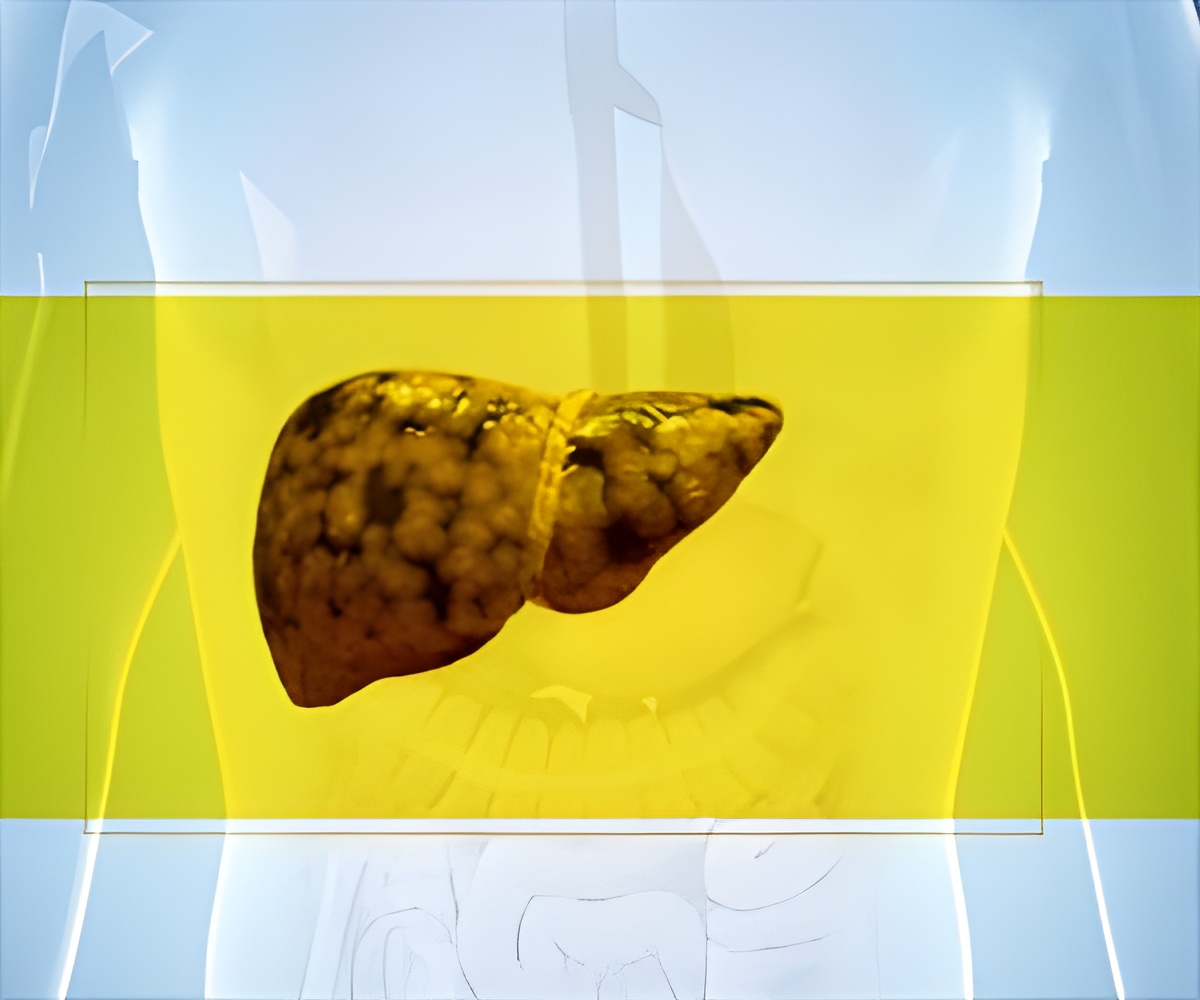
TOP INSIGHT
Aleglitazar may be an effective treatment for liver cirrhosis. The drug reduces inflammation, vasoconstriction, angiogenesis, mucosal disruption, and tumor necrosis factor (TNF).
Cirrhosis of the liver is a serious condition in which the liver is permanently scarred, often as a result of liver disease, hepatitis C virus, or alcohol or drug use. Liver cirrhosis was the 12th leading cause of death in the United States in 2013, and between 2000 and 2015, death rates for chronic liver disease and cirrhosis in the US increased by 31 percent. Cirrhosis is the most common cause of PH and can result in fluid accumulation (ascites), increased spleen size, and swollen veins around the esophagus and intestines.
Researchers found that treatment with aleglitazar for 21 days produced a number of beneficial changes in cirrhotic rats. In the liver, aleglitazar suppressed hepatic fibrogenesis, neoangiogenesis, and vasoconstrictor responsiveness. In the splanchnic system, aleglitazar reduced neoangiogenesis, vasodilatation, and portosystemic shunts. It also decreased intestinal mucosal injury and hyper-permeability.
The dual composition of aleglitazar appears to expand its effectiveness. PPARy is activated in the liver, PPARα is activated in the intestine, and both PPARa and PPARy mediate effects in the splanchnic system.
"We know that PH in patients with cirrhosis is primarily initiated through increased levels of circulating soluble TNF receptors and TNF-α. Overall, the therapeutic effects of aleglitazar can be attributed to its anti-inflammatory and anti-TNF-α actions," explained Dr. Yang. "Our findings as a whole imply that treatment with a dual PPARa/B agonist may be a promising approach to simultaneously control the multifaceted abnormalities of PH syndromes in cirrhosis with a low side effects profile."
 MEDINDIA
MEDINDIA
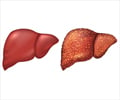
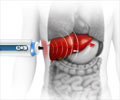


 Email
Email






